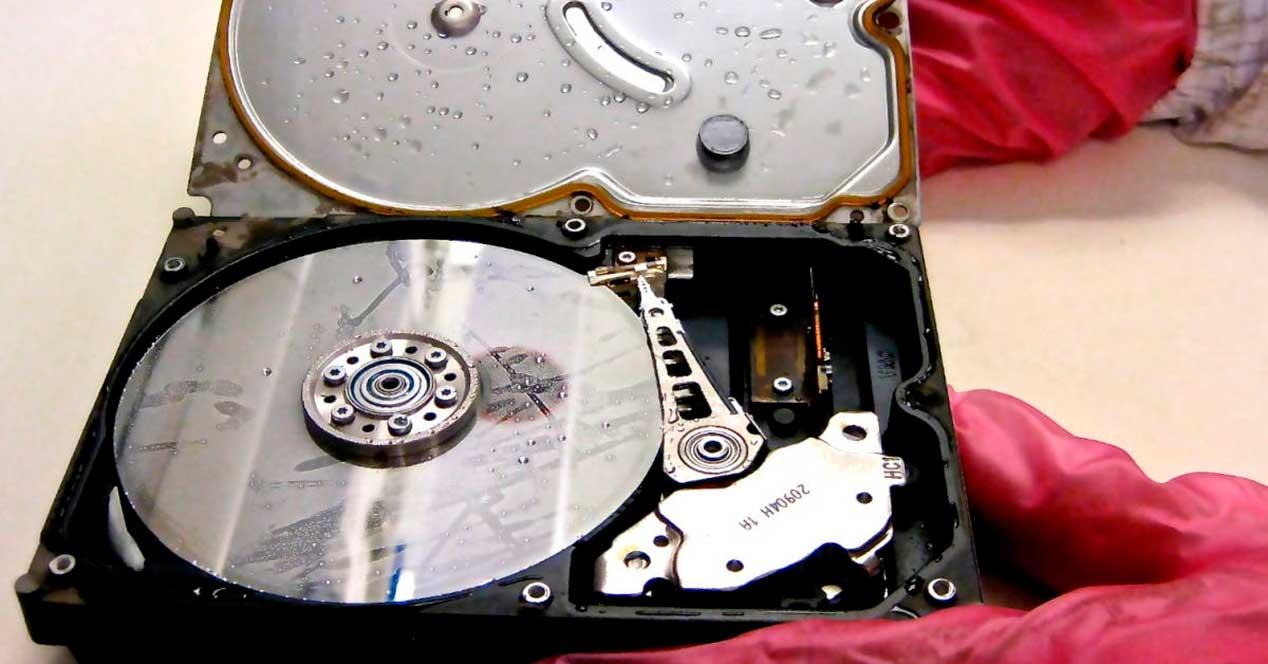In Seagate’s last call for financial results, the manufacturer confirmed that it was preparing a massive launch of its 20TB capacity PMR hard drives for the consumer market, and that this situation would occur before the end of the year. year (“in the second half of 2021” they literally said).
What are Seagate PMR hard drives?
At present, Seagate already offers several models of HAMR hard drives with a capacity of 20 TB on the market, but only for professional environments and available in very limited quantities, not accessible to the general public. The fact that Seagate has announced mass production of these drives means that all users will have access to them, being able to use them in our PCs or other home systems.
These new 20TB PMR units will feature 2D magnetic recording technology and are already being tested with some customers with an almost imminent launch. PMR hard drives use a recording technique in which the magnetization of the data bits is vertically aligned so that the head is perpendicular to the platters.
Thus, the magnetic tracks are written side by side, without overlap as in SMR drives and therefore without the problems inherent in SMR drives, but this makes the write head considerably larger than the read head (in this system it There must be one head for read and another for independent write), so the downside is that the probability of failure can be doubled.
The fact that Seagate is releasing 20TB PMR hard drives also has other implications, and those are in terms of compatibility. For example, NAS and DAS manufacturers do not currently support such large capacity drives (the current limit is 16TB) and will need to release firmware updates so that we can use these hard drives in their systems. .
This, all said, shouldn’t be a problem because with a simple firmware update we should get said compatibility, but you just have to keep in mind that if you are intending to purchase the one of these units before you need to make sure in which you are going to install it already has compatibility and that you have the updated firmware.
Leaving that aside, finally being able to have 20TB hard drives in the mainstream market is great news as it means we can have higher data density in a single unit and at the same time, this means that in multi-unit systems the total volume of the units will also be larger. For example, on a 5-bay HDD DAS, the limit is currently 80TB, but with these 20TB Seagate hard drives, the limit will be extended to 100TB on a single DAS.
The release date of these units remains to be confirmed, but above all the price remains to be confirmed as the fact that they are available does not necessarily mean that ordinary users can afford them.










